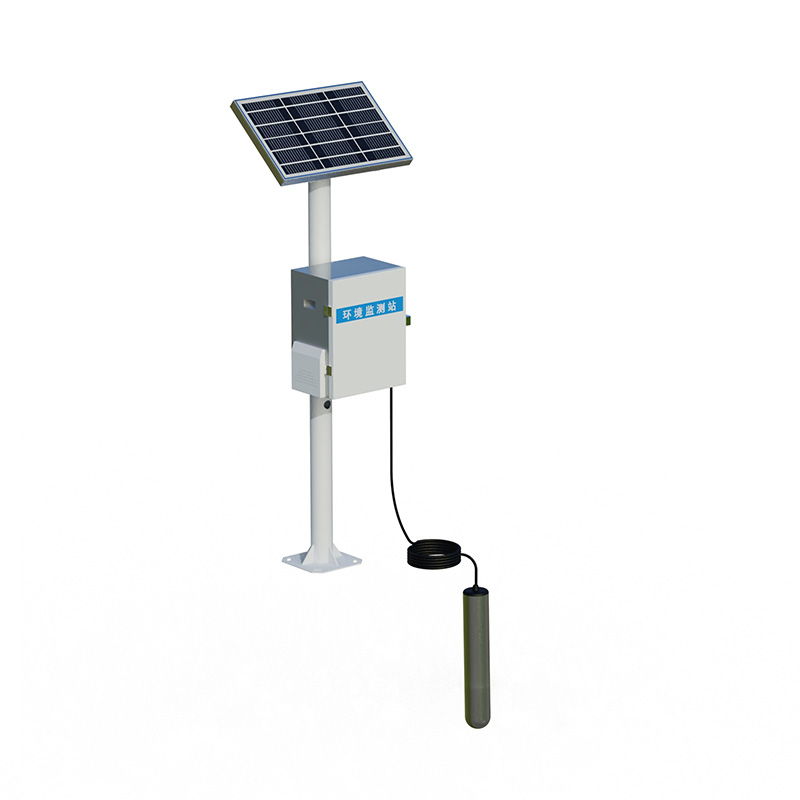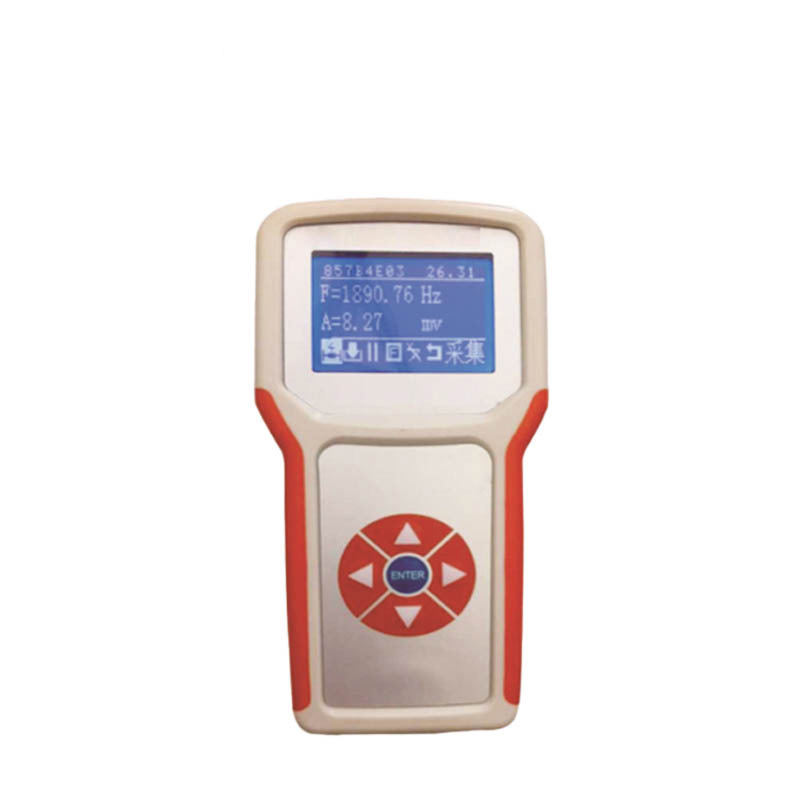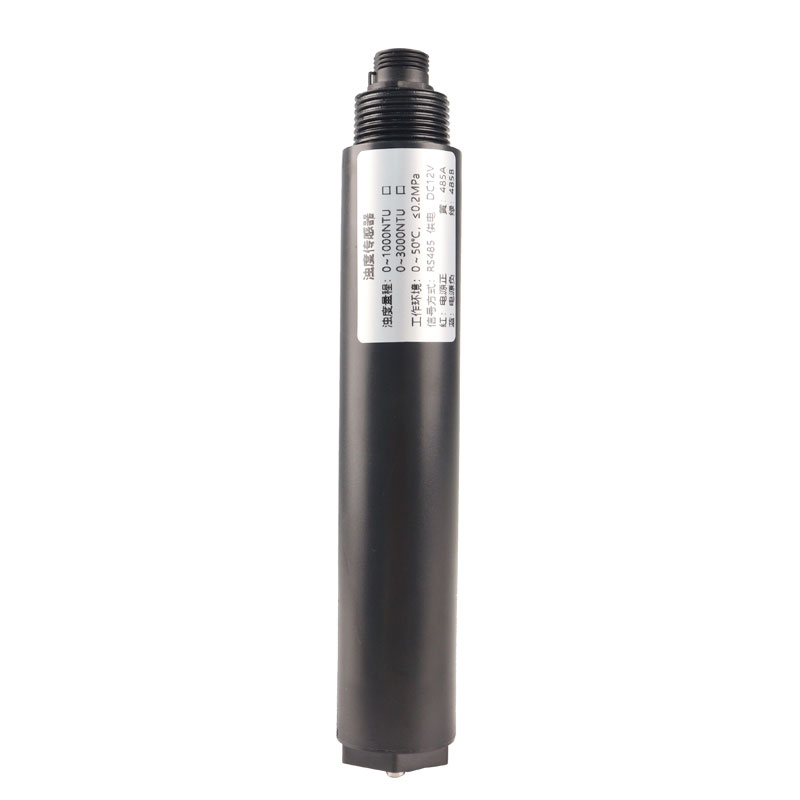Physical water level gauges are a type of instrument used for accurately measuring the water level height, providing crucial data for water resource management, flood prevention and other works. Among them, Radar Flow Meters are the most common.
Radar Flow Meters belong to non-contact measuring instruments and operate based on the principle of radar wave reflection. They emit high-frequency radar pulses towards the water surface. When the pulses encounter water, they are reflected. The instrument calculates the water level by measuring the round-trip time and using the formula (where is the water level height, is the propagation speed of radar waves in the air, and is the round-trip time).
The measurement accuracy can reach millimeter level. Since there is no need to contact the water body, it can work stably even in poor water quality with a lot of sediment, impurities and oil pollution. It is not afraid of corrosion and blockage, and the maintenance cost is low. It has a wide measurement range and can measure water levels from a few tenths of a meter to dozens of meters, applicable to various water areas. Moreover, it can measure in real time and continuously and transmit data quickly. During flood monitoring, it can timely feedback the rising trend of the water level and assist in flood prevention decision-making.
Radar Flow Meters are widely used in fields such as water conservancy projects, hydrological monitoring and urban water supply and drainage. Water conservancy hubs use them to ensure the safety of dams and downstream areas; hydrological observation relies on them to collect data and analyze patterns; urban drainage systems use them to achieve automation and prevent waterlogging.

This paper addresses:https://fengtusz.com/industry/626.html









